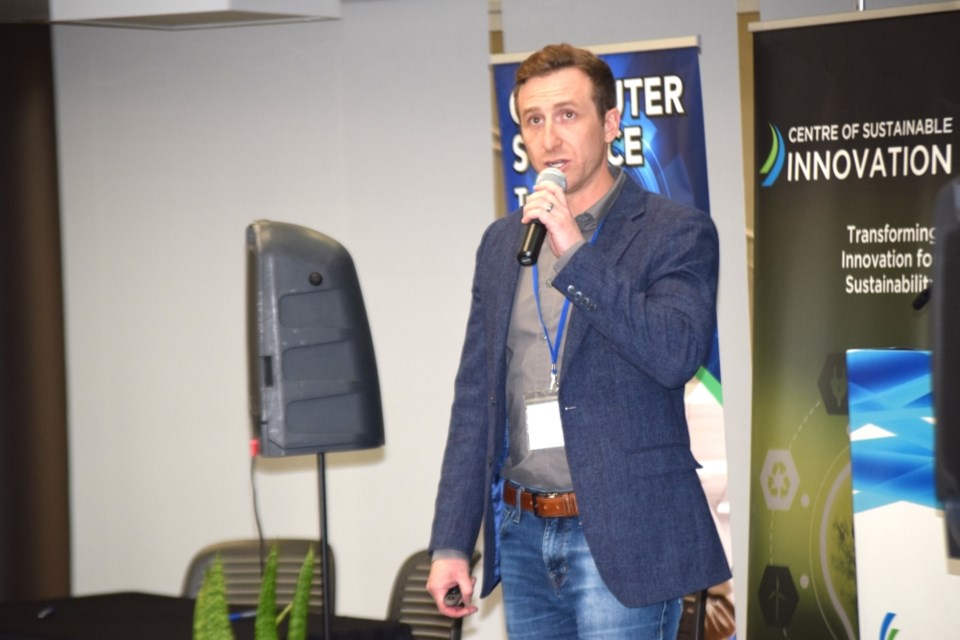ESTEVAN - Approximately 150 people from across Canada and into the U.S. were at the Southeast College's Estevan campus April 23 for the inaugural Critical Resources, Innovation and Technology (CRIT) Critical Minerals Conference.
The delegates listened to speeches from experts, some of whom talked about projects with specific links to southeast Saskatchewan. Others provided a broader look at the importance of critical minerals to future energy needs.
Gordon More, the executive director of the Southeast Techhub, which organized the event, said he was pleased the scientists spoke in a fashion most people could understand.
"I also can tell that … the right conversations are happening between the different individuals who are doing different pieces of this," said More.
The first speaker was Dr. Walter Cicha from the National Research Council, who talked about the overall state of battery manufacturing in Canada, from minerals on up. Dr. Michael Wagner came from Washington, D.C., to explain the process of turning coal into graphite, which has been a much-talked-about concept in the southeast. Zach Maurer from Arizona Lithium discussed direct lithium extraction, which has also received a lot of local attention.
After lunch, Dr. Brendan Bishop talked about how to get rare Earth minerals and critical minerals out of flyash. Erin Herman from the Saskatchewan Research Council shared details on their rare Earth mineral processing plant, and Sean DeVries with the Battery Metals Association of Canada wrapped up the day by talking about the Western Canada battery hub.
The computer science program at the Southeast College's Estevan campus also spoke at the event, providing an update on their activities.
When More hears discussions about the future of energy, he said it is often an "either-or" proposition, making it difficult to have conversations. But the CRIT conference offered examples of how there can be room for various options when it comes to energy in the future.
"I've always known that in the community, we have what it takes. We have the passion. We have the understanding of energy, not just in oil but in the bigger picture," said More.
He pointed out the Estevan area has been selected as the site for the province's first small modular reactors, should the project proceed, and the Deep Earth Energy Production geothermal project is happening in the Torquay area.
"We also now have lithium and graphite, so I hope that now those same groups of people will have those conversations so we can add those industries and create jobs," said More.
Those conversations take three to five years to come to fruition, so he said the work needs to begin now.
More noted some people at the conference came from North Dakota, which he said was an encouraging sign because southeast Saskatchewan has a lot in common with the Dakotas.
The Southeast Techhub has a mandate to create wealth for the region, which he said will be measured through GDP growth, jobs, industry and an increasing tax base. He stressed it takes time to make things happen, and in three to five years, More hopes a good metric exists to say these continuous conversations have resulted in a stronger community.
Estevan's second annual multi-day Innovation Conference for Economic Development is slated for late September or early October, with a focus on education and energy.
SaskToday.ca will have additional stories on the CRIT gathering.






